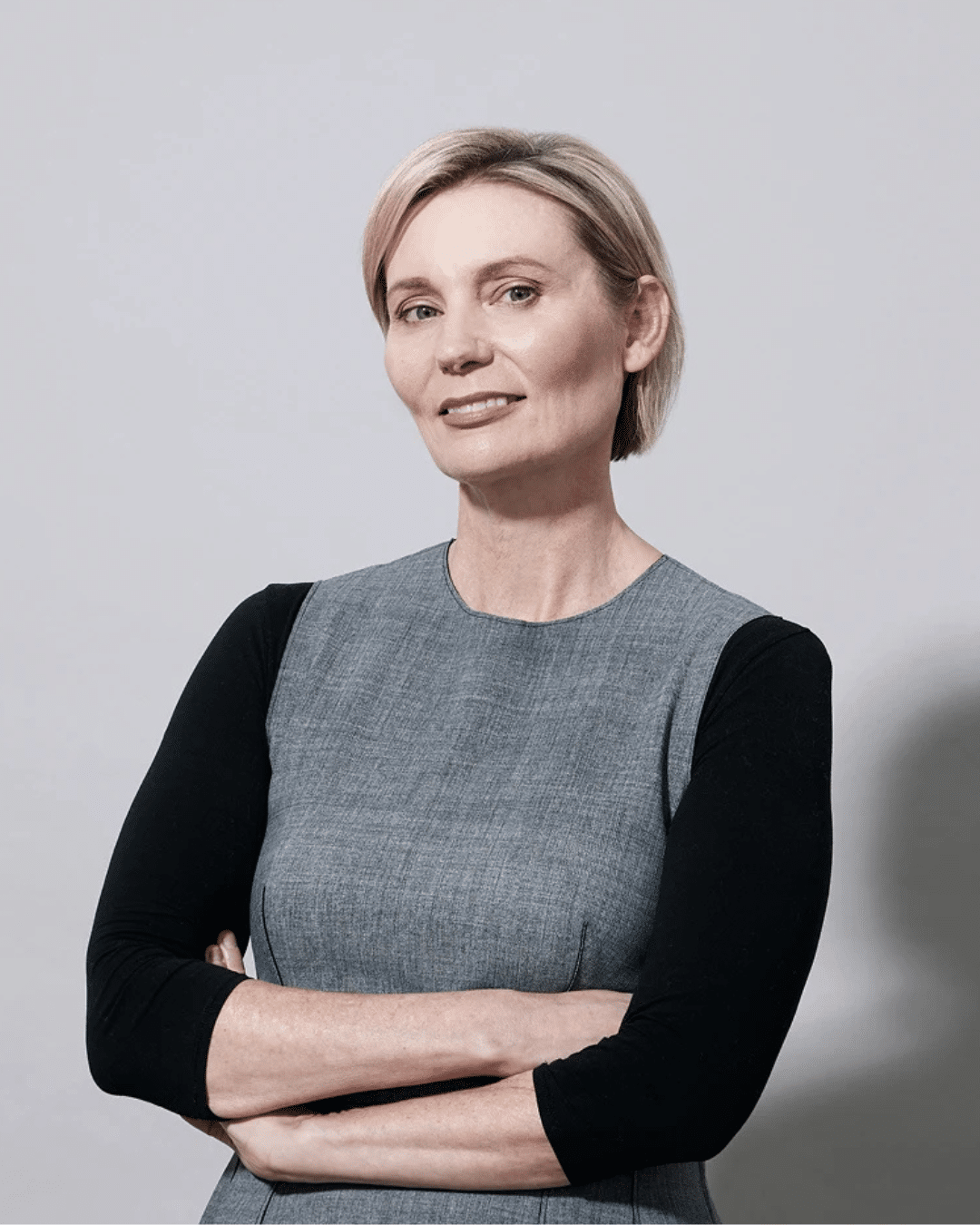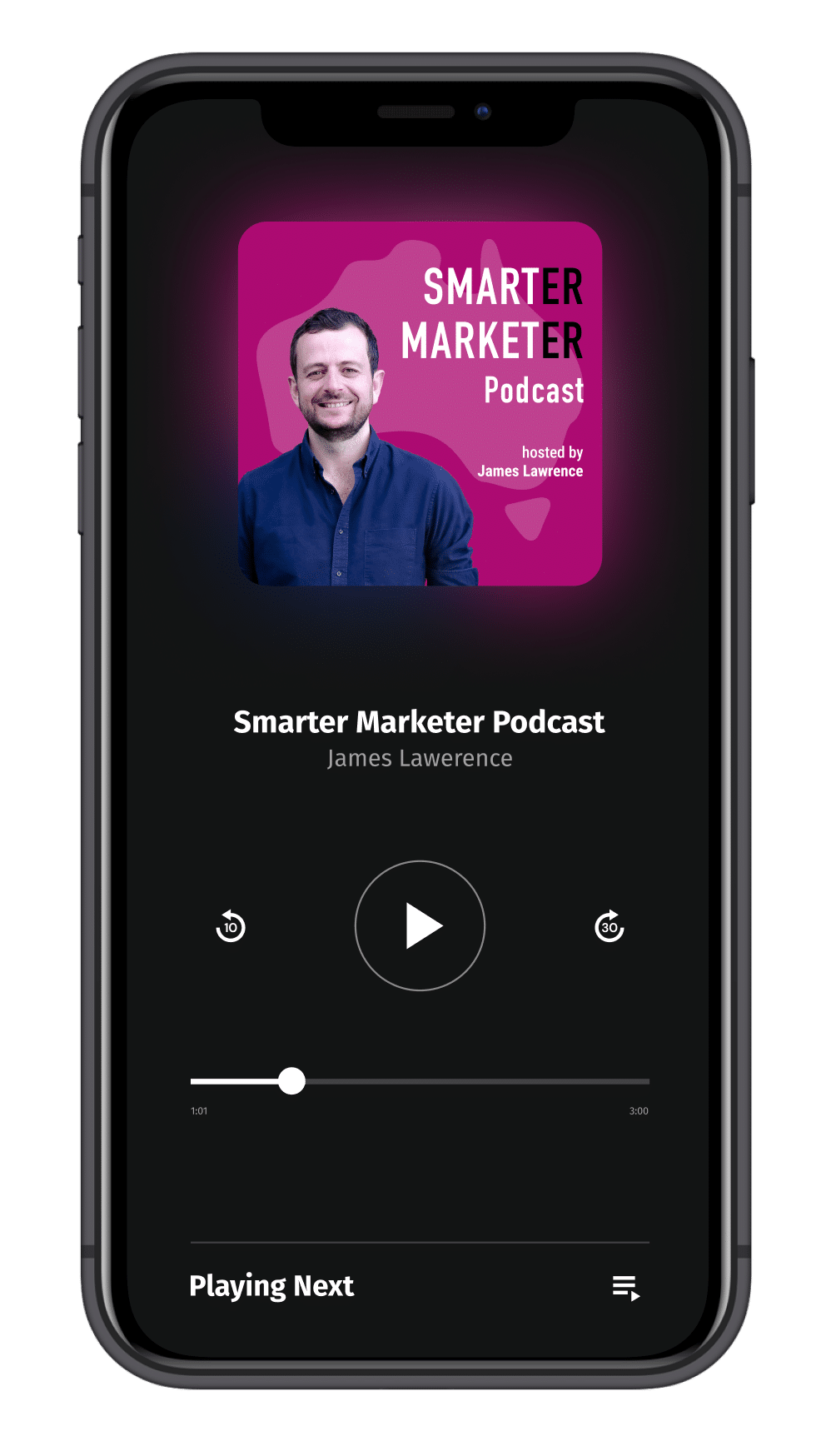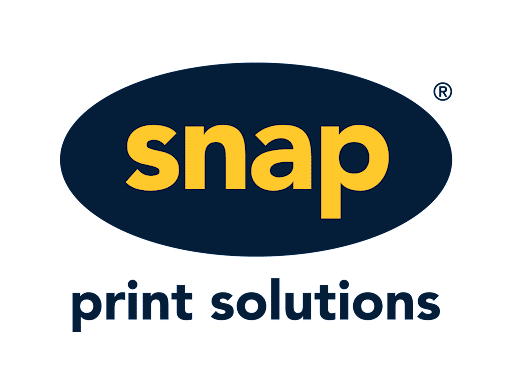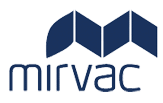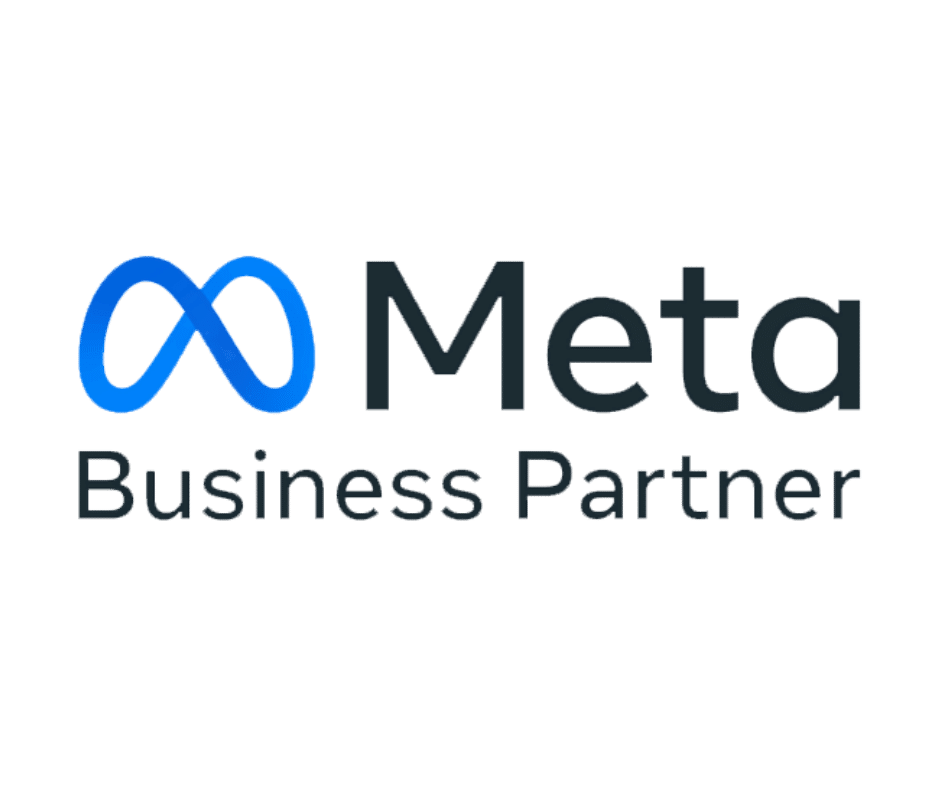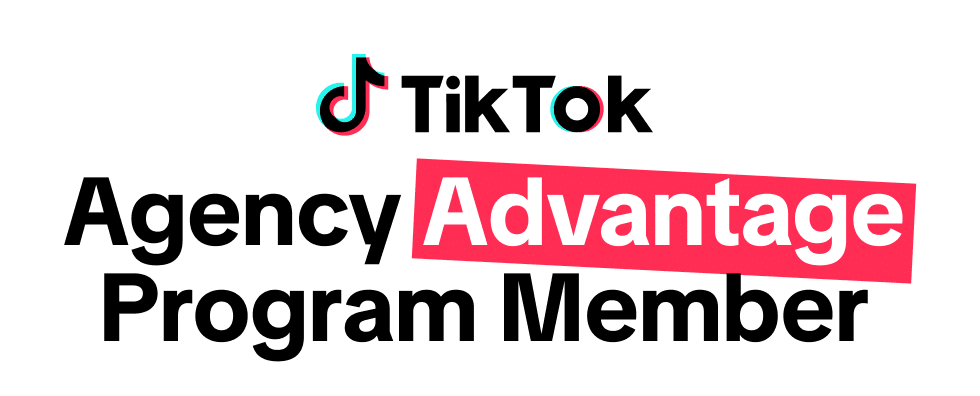How Attention Is Rewriting the Rules of Advertising
Episode Description:
Marketers have long optimised for visibility and memory, but in our metric-focused industry, are we measuring what really matters?
In this episode of the Smarter Marketer Podcast, host James Lawrence speaks with Dr. Karen Nelson-Field, Founder of Amplified, about why attention is the real currency of modern advertising and how to measure it effectively. From the myth of virality to the flaws in CPMs, Karen shares what years of research reveal about how people truly engage with ads, and what marketers need to do next to stay ahead.
Key Takeaways:
- Dr. Karen’s journey: from academic researcher to founder, shaping the global conversation on attention measurement
- Why traditional metrics like reach, impressions and engagement fail to capture real ad effectiveness
- How attention measurement works and why it’s revolutionising media planning and buying
- The difference between active, passive and non-attention, and how they impact ROI
- Why CPM should stand for “Cost per Meaningless Thousand”
- How creative and media need to work together for attention to truly convert
- Why cheaper ad formats often deliver worse ROI than expected
- The role of AI and synthetic audiences in scaling attention measurement
- The future: the unification of creative and media through AI-driven tools
Additional resource: The Eye-Watering Cost of Dull Media
Meet James Lawrence
Host, Smarter Marketer Podcast
Co-Founder of multi-award-winning Australian digital marketing agency Rocket, keynote speaker, host of Apple #1 Marketing Podcast, Smarter Marketer, and B&T Marketer of the Year Finalist.
James’ 15-year marketing career working with more than 500 in-house marketing teams and two decades of experience building one of Australia's top independent agencies inspired the release of Smarter Marketer in 2022, the definitive podcast for Australian marketers. The show brings together leading marketers, business leaders and thinkers to share the strategies that actually move the needle.
Each episode offers candid conversations, hard-won lessons and practical insights you can apply straight away.










James has delivered keynotes at:
Dr. Karen Nelson-Field
Founder, Amplified
About the Guest
Dr. Karen Nelson-Field is a globally recognised researcher and entrepreneur reshaping how marketers think about effectiveness. As the Founder and CEO of Amplified, she leads pioneering work in attention measurement across platforms and formats. A former academic turned industry innovator, Karen’s research has influenced how the world’s biggest brands evaluate advertising performance.
You can follow Karen on LinkedIn.
Transcript
James Lawrence: Welcome back to the Smarter Marketer Podcast. I'm here today with Dr. Karen Nelson-Field. Karen, welcome to the pod.
Dr. Karen Nelson-Field: Thanks for having me.
James Lawrence: Dr. Karen Nelson-Field is best known in marketing for her pioneering work on attention in advertising. Much of her research challenges traditional media metrics like reach and impressions. Instead, she’s shown through research that attention is the key driver of advertising effectiveness. She’s the founder and CEO of Amplified Intelligence.
We were chatting off-air—I saw Karen at South by Southwest, not this year but last year—and I promise you, I don’t always say this, but it was the standout session of the week for me. It’s taken me 12 months to drag you onto the podcast, but finally, we’ve got you here. I’m really looking forward to the conversation.
Dr. Karen Nelson-Field: It’s gonna be fun. Thank you.
James Lawrence: I love it. Very broad question, but where did this all start? How did you get into such a relatively niche area in the industry?
Dr. Karen Nelson-Field: Yeah, well, it’s interesting. Measurement’s not niche—attention is. So, let me explain how my journey started.
I was an academic at the time, running a research centre at the university, and I was tasked by Unilever—none other—to understand the value of viewability. Step back for a second: my PhD is in audience measurement. During my postdoc, I did really innovative work on the value of likes on Facebook, challenging new measurements.
My PhD was at a time when we measured humans. Post-PhD came Facebook, Instagram, and viral YouTube content—so it was the perfect time to understand measurement pre- and post-digital. Right place, right time.
As digital grew, the MRC brought in standards around viewability. But most CMOs questioned the value: “So I pay for an ad that only has to be half visible for two seconds for it to count as an ad? How is that valuable?”
Unilever asked me to build a project to quantify the value of viewability. I was probably the first globally to do that. With their support, I was able to design a study involving human observation.
So, I built computer-based tools—long before gaze tracking or facial detection were a thing—by hiring coders to create fake Facebook portals and intercept cameras. Within 12 months, I thought, I’m leaving the university. There’s going to be a currency crash.
What we found was fascinating. Viewability and attention (or engagement, whatever you call it) were vastly different. If we went from measuring humans to measuring digital “views” that didn’t represent human interaction, the industry’s currency was doomed.
James Lawrence: It’s so interesting. Can we talk a little bit about how attention actually works—and what we’ve been getting wrong in advertising and marketing?
Dr. Karen Nelson-Field: What we’ve been getting wrong is our use of the word engagement. Everyone defined it differently. What brands really wanted to know was: are people looking at my ads?
Even Unilever asked, “Is engagement different to viewability?” So I codified it. Engagement means different things to different people—emotional resonance, brand affinity, or just viewing. I separated it. The real question is: are people seeing your ads?
I decided to use computer vision rather than neuroscience or physiological measures—because I needed scale, not ten-person samples. This approach didn’t tell me what people thought, but how long they looked. What I now call “hook and hold.”
We’ve since gathered billions of human data points across 17 countries over eight and a half years—enough to build predictive models of outcomes and see patterns clearly.
James Lawrence: Back then, “engagement” to digital marketers like me meant likes, loves, shares...
Dr. Karen Nelson-Field: Exactly—and that’s what got me into it. Before viewability, I studied virality: how content spreads. I found that sharing follows predictable patterns—the more people who see content, the more who share it.
My first book at Ehrenberg-Bass was about the math behind viral sharing. Emotion plays a part, but scale matters more. If Justin Bieber shares my post, it spreads; if my mum does, not so much. Media defines the opportunity for virality.
Then came my Facebook “likes” research. Before Facebook went public, they claimed “if people like you, they’ll buy you.” I ran a two-year study scraping their (then open) data and found that the correlation between likes and sales was less than 1%. I published it—it went viral, ironically!
That was my entry into myth-busting in digital marketing—a world often full of, frankly, rubbish metrics.
James Lawrence: Yeah, and the idea that you’re buying ads but no one’s really seeing them—bot traffic, inflated impressions, vested interests…
Dr. Karen Nelson-Field: Exactly. And what’s wild is, our work doesn’t even factor in fraud. We measure how much humans actually look at an ad versus how long it’s technically “in view.” That normalization lets you adjust media weights and CPMs accurately.
By the way, I call CPM “Cost per Meaningless Thousand,” because it’s not tied to real value.
James Lawrence: For marketers listening, how does attention really work in practice?
Dr. Karen Nelson-Field: It’s been a tough education process. But over the years, as more data came in, it became clear: without attention, there’s no memory uplift, ROI, conversions—nothing incremental.
That said, attention isn’t a silver bullet. If your ad doesn’t connect to your brand, attention alone won’t sell. But when a well-branded ad holds attention longer, there’s a clear relationship between time on screen and business outcomes—up to a point of diminishing returns.
James Lawrence: That makes sense. A great message still matters.
Dr. Karen Nelson-Field: Exactly. It’s not just the message—it’s also whether you’re in-market, relevant, and distinctive.
James Lawrence: At South by Southwest, you talked a lot about outdoor media. How does attention differ across formats?
Dr. Karen Nelson-Field: Great question. Attention must be measured consistently across formats—TV, digital, outdoor. We use computer vision everywhere, applying the same math for active attention, passive attention, and non-attention.
With outdoor, it’s trickier—you can’t scale sites globally like Facebook formats. Human interaction differs by location and pace (walking, driving, waiting). But using cameras and pose estimation, we can still quantify real attention.
Working with QMS, for example, we measured attention at real sites, not simulations. They helped clients understand the quality of different sites—how much attention they really command.
James Lawrence: That’s fascinating. Are you usually engaged by in-house marketing teams or by platforms themselves?
Dr. Karen Nelson-Field: Both. Agencies use our data to plan and normalize reach. Publishers use it to prove the quality of their inventory. More recently, we’ve built GenAI tools to unify creative and media—because the future is in combining those.
James Lawrence: When you work with teams, are you trying to standardize an “attention metric”?
Dr. Karen Nelson-Field: I see attention not as a new currency, but as an adjustment to existing ones. You still need reach and impressions, but layering attention improves accuracy.
I also sit on the Media Ratings Council’s committee that’s creating attention standards—like they did with viewability years ago. The goal is human validation, clear methodology, and consistency across vendors.
James Lawrence: What ad formats consistently perform better—or worse?
Dr. Karen Nelson-Field: I call it the “long tail of shit.” (laughs) But seriously, high attention all the time isn’t realistic or even desirable. You need a balance of fast and slow attention formats.
We found that even great creative can’t overcome poor environments. The media platform sets the boundaries; creative works within those. An incredible ad might get 10 seconds on one platform but only 1 second on another—because the user experience limits it.
That’s why we’ve built AI tools that account for both creative strength and platform constraints.
James Lawrence: If cheaper platforms give worse ROI, how should marketers think about value?
Dr. Karen Nelson-Field: Exactly—many think “cheaper CPM = good value.” False. We found CPM might be 10x cheaper but ROI 20x worse. Because CPM isn’t tied to outcomes, it’s a false economy.
Our Cost of Dull Media paper explains this. ROI must be measured incrementally—what attention adds over baseline, not just total return.
James Lawrence: And for smaller marketing teams—how can they start thinking attention-first?
Dr. Karen Nelson-Field: Don’t obsess over CPMs. Think “fit for purpose.” Start by understanding where your creative performs best—what formats match your audience behaviour. We’ve built tools for smaller brands to test ads affordably and instantly identify where they’ll perform best.
James Lawrence: You’ve mentioned “synthetic audiences.” Can you explain that?
Dr. Karen Nelson-Field: Sure. We’ve collected millions in human data over years, which lets us build accurate predictive models. Like ChatGPT—its intelligence depends on massive training data.
With that foundation, we can create “synthetic audiences”—virtual populations modelled on real human behaviour—to predict outcomes efficiently. It’s the future of scalable, privacy-safe testing.
James Lawrence: Where is attention measurement headed next?
Dr. Karen Nelson-Field: The next era is unifying media and creative. Media controls about 70% of an ad’s ability to work; creative controls 30%. The goal is tools that give advertisers 100% of both.
The second big shift: moving away from rigid SaaS dashboards toward integrating attention data directly into AI and media systems—so agencies, brands, and publishers can build their own predictive models.
James Lawrence: That’s fascinating. Thank you so much for coming on the pod today.
Dr. Karen Nelson-Field: You’ve got such a good handle on it. It’s really nice talking to someone who gets it. Thank you.
James Lawrence: Thanks so much, Karen.
